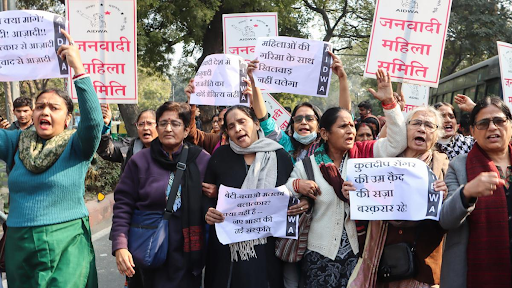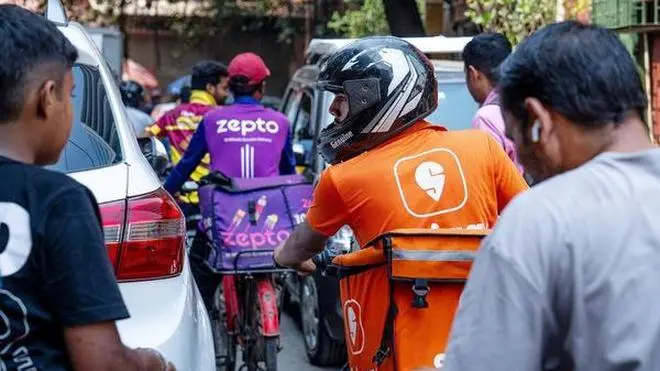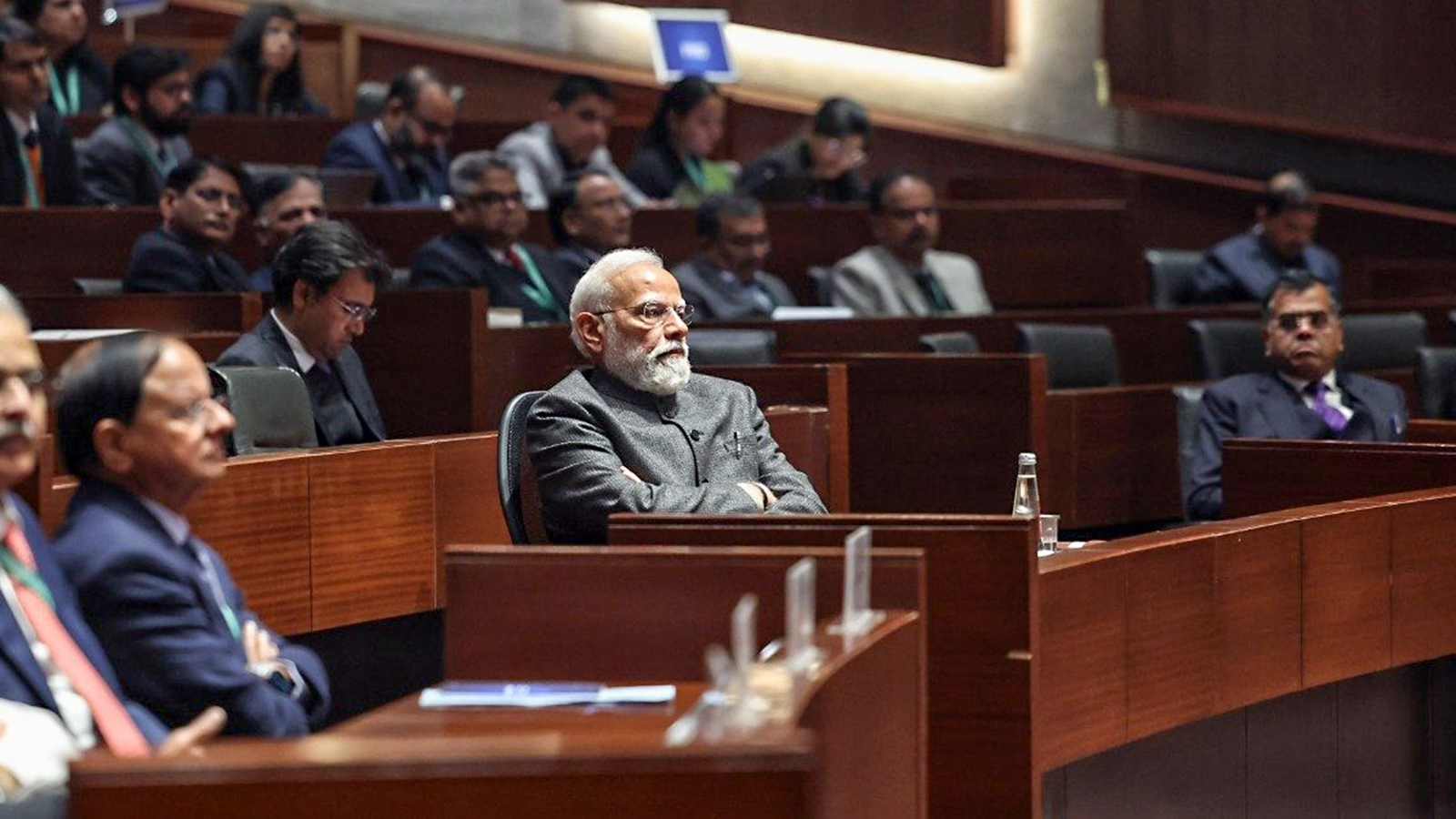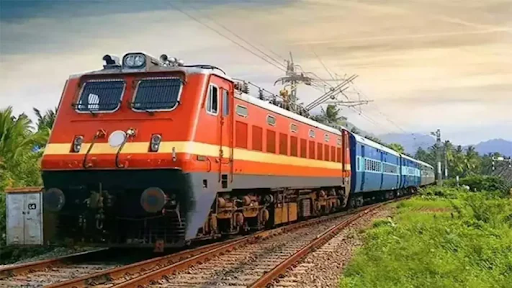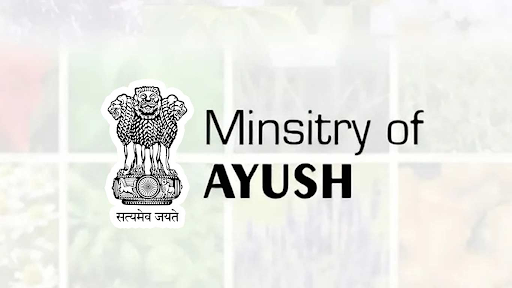Description
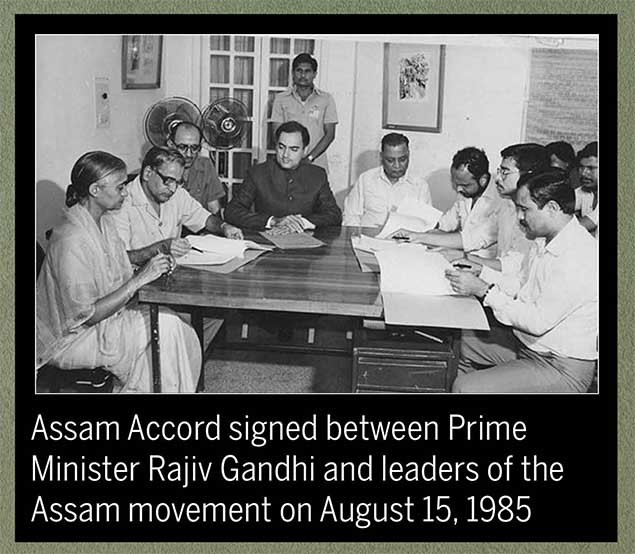
Copyright infringement is not intended
Context: The State government of Assam announced that they are in the process of defining Assamese or original inhabitants of the state.
Details:
- The Assam government informed the State Assembly that until 31st January 2022 nearly 1.44 lakh illegal foreigners had been identified in the state based on the 1985 Assam Accord, and around 30,000 of them had been deported to their country of origin.
- The government added that definitions of phrases mentioned in the Accord such as ‘Axomiya janagan’ (Assamese people), ‘khilonjia’ (indigenous) and ‘adi basinda’ (original inhabitants) were yet to be determined.
About Assam Accord:
- The Assam Accord was a Memorandum of Settlement signed between representatives of the Government of India and the Assam government with the All Assam Student Union (AASU) and the All Assam Gana Sangram Parishad, which had spearheaded the 1979-85 Assam Movement against migration from Bangladesh.
- It was signed in the presence of the then-Prime Minister Rajiv Gandhi in New Delhi on 15 August 1985. Later, the Citizenship Act was amended for the first time the following year, in 1986.
- The Assam Accord was signed to end a 6 year agitation that started in 1979. Led by the All Assam Students’ Union (AASU), the protestors demanded the identification and deportation of all illegal foreigners – predominantly Bangladeshi immigrants.
- The Assam Accord set March 24, 1971 as a cut-off. Anyone who had come to Assam before midnight on that date would be an Indian citizen, while those who had come after would be dealt with as foreigners. The same cut-off was used in updating the National Register of Citizens (NRC).
Key Points of Assam Accord:
- The leaders of the Assam Movement agreed to accept all migrants who had entered into Assam prior to 1 January 1966.
- The Government of India acknowledged the political, social, cultural and economic concerns of the Assamese people and agreed to revise the electoral database based on that date.
- The Government agreed to identify and deport any and all refugees and migrants after March 25 1971.
- In 1971, millions of citizens of Bangladesh – then called East Pakistan – fled the abuses of a civil war and associated genocide between East Pakistan and West Pakistan triggering mass illegal migration into Assam, West Bengal, Tripura, various other nearby states of India.
- According to the Assam Accord, the Government of India agreed to secure the international border against future infiltration by the "erection of physical barriers like walls, barbed wire fencing and other obstacles at appropriate places" and deploying a patrol by security forces on land and river routes all along the international Bangladesh-India border.
- To aid this effort, the Government also agreed to build a road near the border for the patrol and quicker deployment of Indian security forces, as well as maintain a mandatory birth and death list of citizens.
- All open police charges against the participants and the leaders of the Assam Movement, prior to and on the date of signing the Accord, were also withdrawn and closed.
- The families of those who died during the Assam Movement were given monetary compensation.
- The Government also agreed to open an oil refinery, reopen paper mills and establish educational institutions in the state.
- The accord brought an end to the Assam Movement and paved the way for the leaders of the agitation to form a political party and form a government in the state of Assam soon after.
Concerns:
- The Clause 6 of the Assam Accord, which promises “constitutional, legislative and administrative safeguards to protect, preserve and promote the cultural, social, linguistic identity and heritage of the Assamese people”, but it doesn’t provide any clear cut definitions to identify who would be the “Assamese people”.
- Though the accord brought an end to the agitation, some of the key clauses are yet to be implemented.
- The task of identifying foreigners became politically difficult, affected vote banks, and attracted accusations of religious or ethnic discrimination.
- The supporters of the Assam Movement stated that the government has failed to implement the Assam Accord.
Steps taken by the government to define original inhabitants of Assam
- Over the years, several committees have been set up to determine a definition, but none has been adopted.
- In 1997, the state government completed a study and marked numerous names in its voter list with "d" meaning "disputed citizenship", with plans to block them from voting.
- The High Court of the state ascertained that the "d" is based on suspicion, not documentary evidence.
- All residents – citizens and foreigners – were allowed to vote in subsequent Assam elections.
- In 2015, then Assembly Speaker prepared a report proposing that ‘Assamese people’ be anyone belonging to the state, one speaking the Assamese language or any tribal dialect of the state or local language of the region in the case of Cachar district and adjoining areas (Barak Valley), and who had been living in Assam since 1951 or earlier. This was shot down by MLAs including those of his own party.
- Another key committee came in 2019, when Assam was rocked by protests against the Citizenship Amendment Act (CAA) which proposes to grant citizenship to various categories of foreigners including Hindus from Bangladesh (the Assam Movement was against all migrants from Bangladesh, irrespective of religion). The government set up the committee as a means to end the protests.
- According to this committee’s recommendations, all citizens who are part of the Assamese community, any person of indigenous tribal community of Assam, any other indigenous community of Assam, all other citizens of India residing in the territory or Assam on or before January 1, 1951 and descendants of these categories would be considered Assamese.
- In essence, this definition includes not only the indigenous people but also all other Indian citizens, irrespective of mother tongue, as long as their ancestors were staying in Assam before 1951.
- No movement on the report has taken place after it was submitted in 2020.
https://indianexpress.com/article/explained/explained-defining-who-is-assamese-attempts-challenges-7828014/






